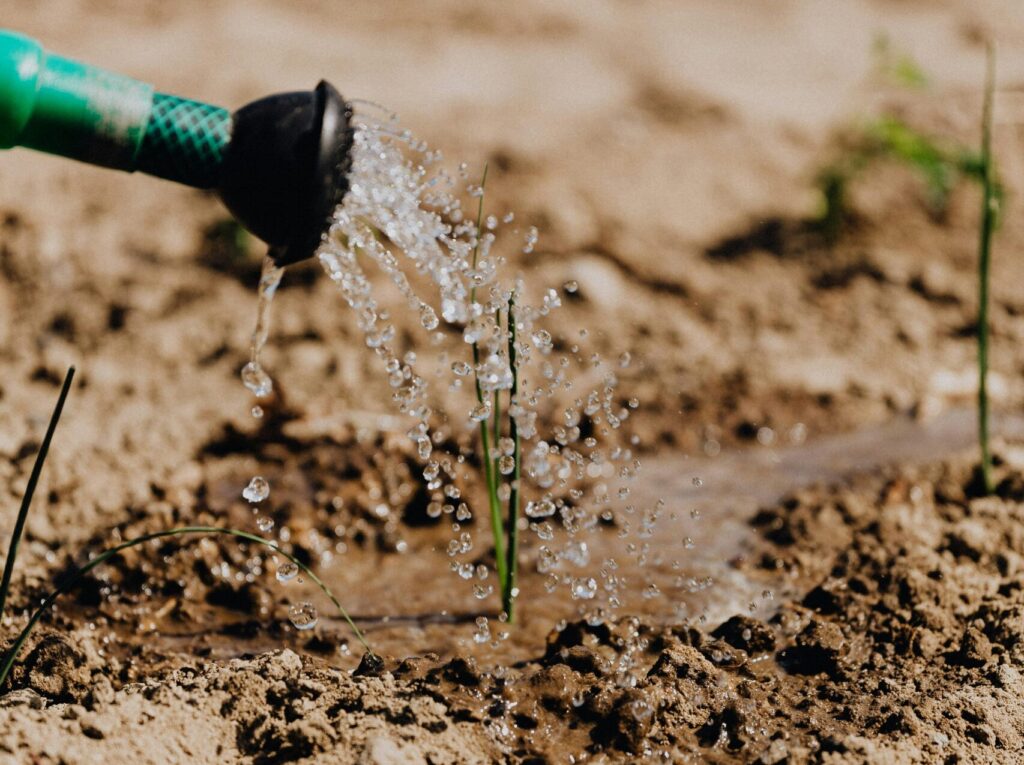Dr. Gordon Rajendram: Waikato-Based Soil Scientist Navigating the Dynamics of Liming Soil
In the heart of New Zealand’s Waikato region, Dr. Gordon Rajendram, a distinguished soil scientist, stands at the forefront of agricultural research, particularly in the realm of soil health. His work not only delves into the intricate science behind liming but also addresses the critical balance between its agricultural benefits and potential environmental repercussions. Liming […]



